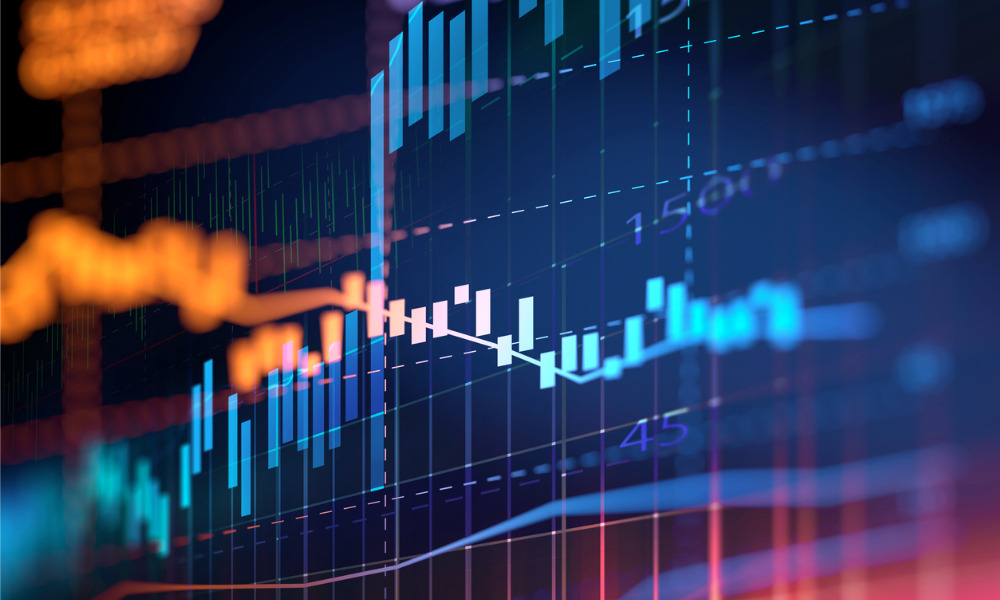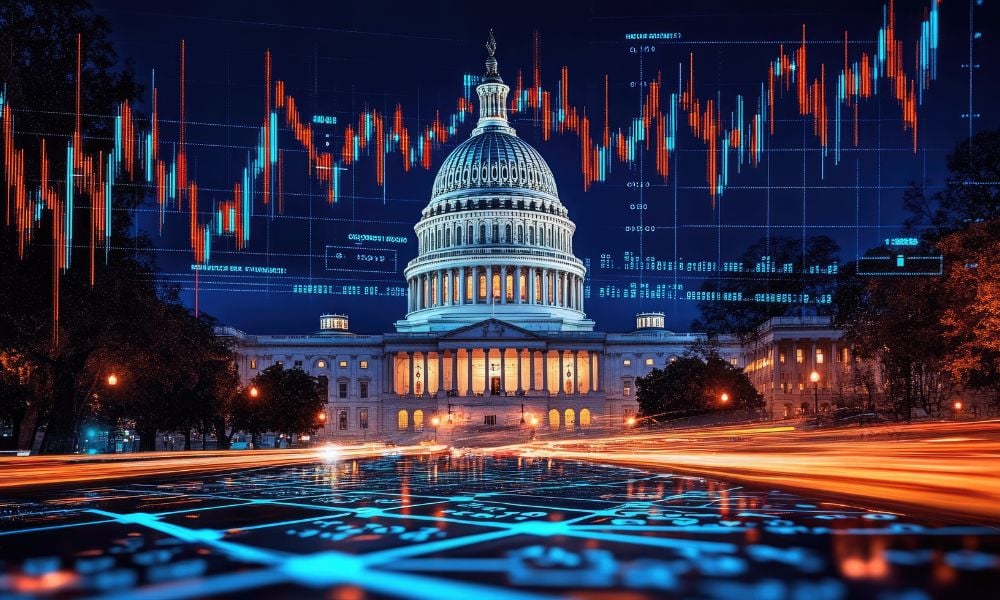Investors see growing choice as more active mutual-fund managers explore the nascent space

Last year, the U.S. Securities and Exchange Commission (SEC) removed a major impediment to active equity ETFs south of the border by allowing the use of semitransparent ETF structures. Since then, fund managers in the States have launched products adopting the structure – and they’ve gotten a lot of attention.
As reported by the Wall Street Journal, the list of firms issuing active ETFs in the U.S. has expanded to include big-name mutual fund companies such as Fidelity Investments, American Century Investments, and Legg Mason, which recently was absorbed by Franklin Templeton.
Including four active ETFs launched by T. Rowe Price in August, there are now 15 semi-transparent ETFs available to investors in the U.S. Between them, those funds have already gathered more than US$100 billion in AUM. That means on average, they’re already orders of magnitude above the US$50 million in AUM generally accepted as a critical hurdle for new funds that hope to survive past their first year.
The key difference between this new breed of ETFs and their vastly more popular passive peers – data from ETF.com show that over 97% of assets in U.S.-listed funds are held in passive ETFs – is that active semi-transparent ETFs are not required to disclose their holdings every day. Instead, managers of such ETFs reveal that information on a quarterly basis, like mutual funds, which allows them to pursue active strategies without fear that their moves would be copied by rivals and investors as they pore over publicly available disclosure documents.
Active ETF managers are still required to provide daily information on their own per-share value, which is derived based on models approved by the SEC. In effect, investors are able to compare a fund’s per-share value to its market price, though they aren’t privy to the fund’s underlying holdings. As noted by the Journal, an active ETF may exhibit greater disparity between its price-per-share and its NAV per share compared to an equivalent passive ETF, as investors’ assessment of risks associated with those holdings tend to rise during periods of market volatility.
Still, market volatility might prove to be a tailwind for active ETFs. While the past decade has seen them massively underperform their index-based counterparts, defenders of stock-picking strategies maintain that they offer the potential for better-than-benchmark performance and downside protection during times of financial-market uncertainty.
It’s still too early to tell whether this ability to pursue active strategies gives managers of semitransparent ETFs any sort of edge. But coupled with their generally low fees – lower than mutual funds, but typically above passive ETFs – the liquidity of intraday trading, and tax efficiency, some market analysts predict continued growth for the new products.
“I think we’re going to see more of them,” Todd Rosenbluth, head of ETF and mutual-fund research at CFRA, told the Journal. “For investors, it’s a positive, because some prefer active management that gives them more choices from well-established active managers.”



